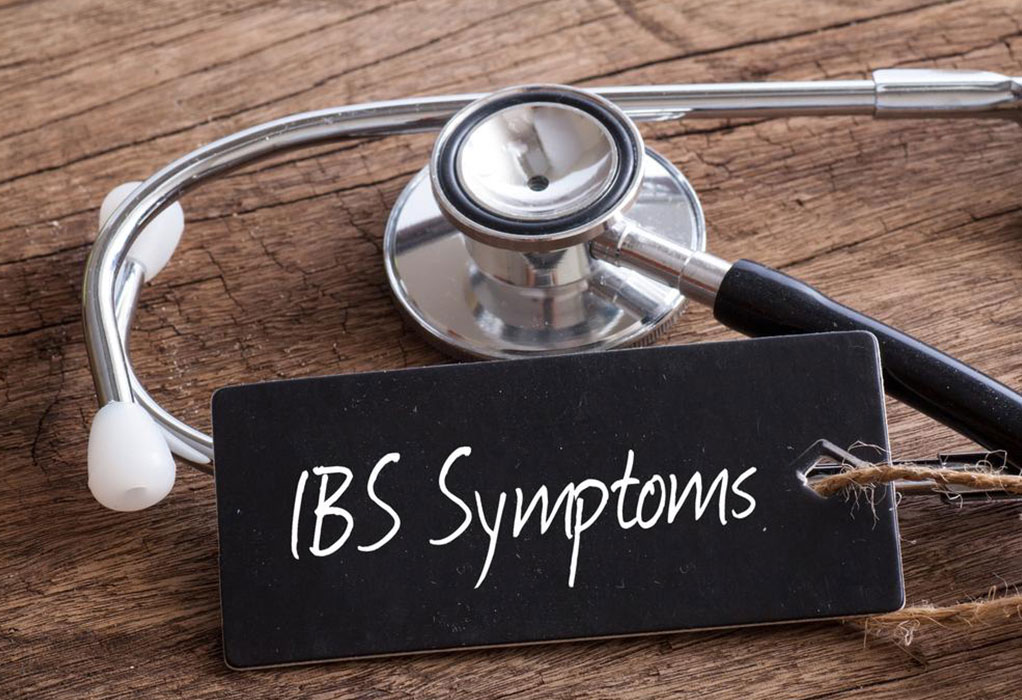Post Traumatic Stress Disorder – Causes, Symptoms, and Management Options
Post Traumatic Stress Disorder (PTSD) is a type of anxiety disorder that may develop when one has experienced or witnessed a traumatic incident like war, accident, severe disease, loss of a loved one, natural disaster, or harassment. While some may recover in a few weeks or months, others may feel upset and have terrible recollections of the event, isolate themselves, or behave recklessly. Learning about the disorder can help one seek prompt care.

Post-Traumatic Stress Disorder Causes
Individuals who have undergone stressful, scary events or prolonged traumatic experiences are at risk of PTSD. Not everyone facing such events develops PTSD, and doctors have yet to identify the causes of it. However, studies indicate that patients can develop PTSD as a coping mechanism to help them face similar incidents. It is also noticed that people who develop PTSD have higher adrenaline levels and a smaller hippocampus that controls memory. Some incidents that could lead to PTSD are accidents, harassment, bullying, kidnapping, combat, working long-term in emergency services, surviving natural disasters like earthquakes, cyclones or tornados, difficult childbirth, bereavement – particularly the loss of a loved one, or chronic or life-threatening illness.
Symptoms of PTSD
Symptoms are likely to develop within three months after the traumatic event; they last for weeks, months, and sometimes even years. The symptoms of PTSD are classified into four categories:
Reexperiencing
After the trauma, the victims or the survivors may involuntarily replay the incident vividly, or the events may appear in their dreams.
Avoidance and numbing
Survivors or victims may avoid places, people, events, or activities connected to the incident and shy away from talking or thinking about it.
Changes in mood and cognition
After a traumatic incident, one may go through emotions like guilt, fear, horror, anger, or shame and may blame themselves for the incident. They may stop participating in routine activities and become uninterested in their favorite things. They may isolate themselves from others and have negative thoughts about people and situations.
Arousal symptoms
One can notice changes in how one responds to everyday situations. For example, they may become irritable, have angry outbursts, show reckless behavior, and cause harm to others or themselves.
Other symptoms of PTSD include nightmares, pain, sweating, nausea, shivers, panic, extreme alertness, difficulty concentrating on basic things, being easily startled, numbness, and inability to remember the trauma or thoughts, feelings, or emotions.
Treatment options
One’s GP may refer them for a consultation with psychiatrists if they notice any anxiety disorder or PTSD symptoms. The treatments may last long until the patient is completely cured or until the intensity of the symptoms is reduced. Commonly used PTSD remedies are:
Active monitoring
Doctors may monitor patients if they have mild symptoms of PTSD and see if they require therapy. In many cases, people with mild symptoms can get better without any cure.
Psychological therapies
The goal of psychological therapies is to help patients control their fear and help them start doing things they used to do before the incident or experience. Some of the treatments that are used to treat PTSD are:
Cognitive Behavior Therapy (CBT)
CBT analyzes the relationship between thoughts, feelings, and behavior and examines how a change affects the other. CBT is generally prescribed for children and young adults. Using CBT, the therapist helps patients cope with distress to control their fear and anxiety. One may have eight to twelve weekly sessions of about an hour or 90 minutes.
Eye movement desensitization and reprocessing (EMDR)
EMDR is an interactive psychotherapy technique that helps one process sights, sounds, smells, and other triggers. During an EMDR session, one will recall the incident in detail while their eyes follow the movement of the therapist’s finger. They may tap their fingers or play sounds while one narrates the incidents. EMDR has been proven effective in reducing stress symptoms and removing negative thoughts.




